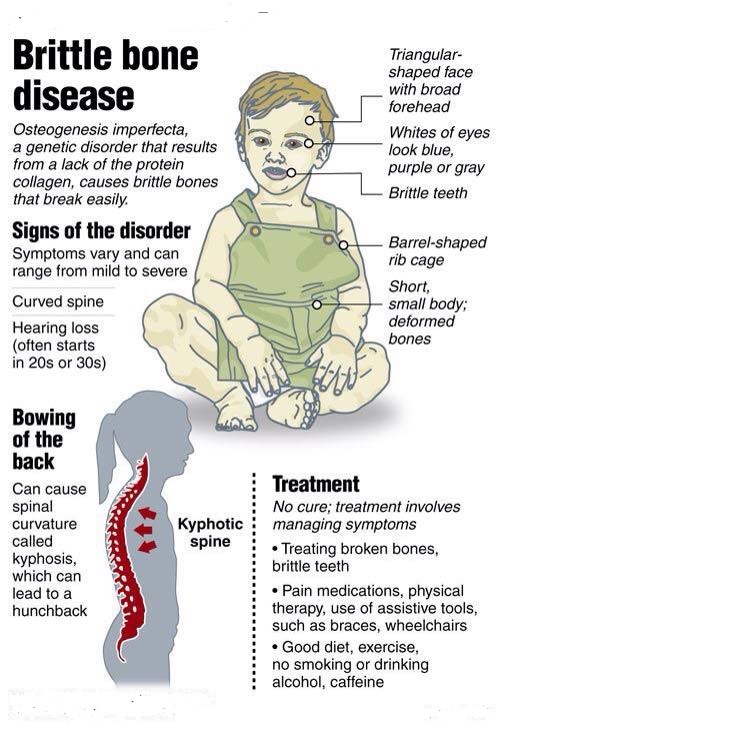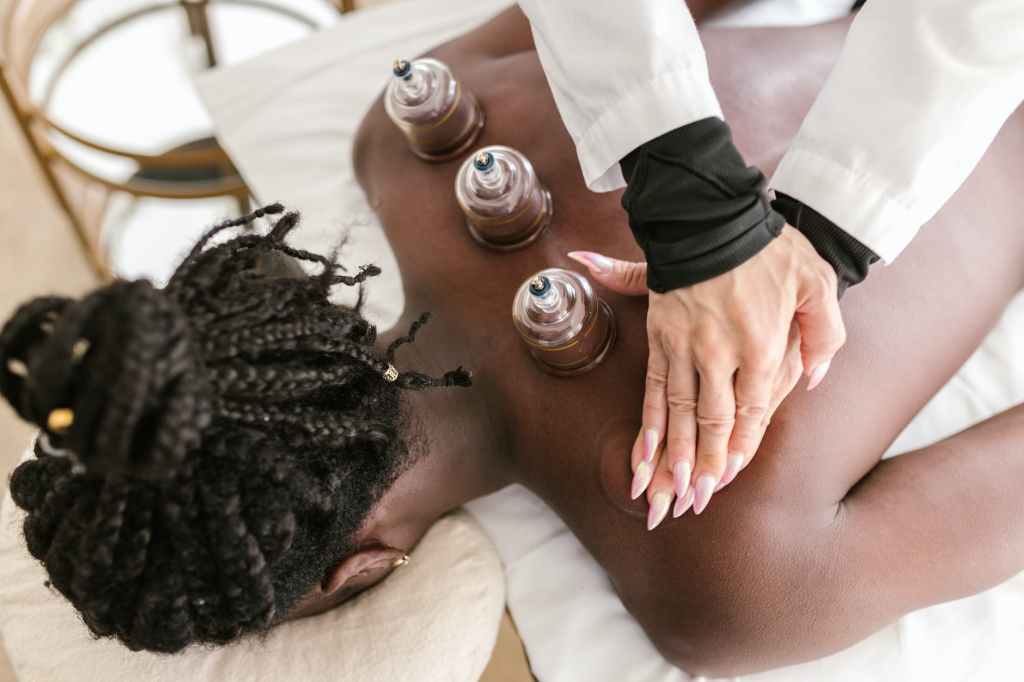
Osteogenesis Imperfecta, also known as fragilitas ossium or ‘brittle bone disease’ is an Inherited disorder that results in the formation of fragile bones that break easily. This rare disease is caused by a mutation in collagen-producing genes
There are various signs of this disabling condition which include weak bones. Most people with the condition have broken bones over their lifetime. In severe forms, a person with osteogenesis imperfecta may have hundreds of broken bones, even before birth.
Medical experts categorize the condition into 19 types. Healthcare providers classify osteogenesis imperfecta as Type I through Type XIX.
Susceptibility
Anyone can be born with brittle bone disease. However, predisposition is likely if there is a family history of the disease.
How common is the condition?
Osteogenesis imperfecta is a rare disease. Affecting around 1 in every 20,000 people.
Causes
Osteogenesis imperfecta occurs as a result of a gene mutation as earlier stated. This mutation may be random or inherited from one or both parents.
Some parents are carriers for the gene that causes the condition. Being a carrier means a parent does not have the disease but can pass it down to your child.
Babies born with OI have a problem with making connective tissue due to a lack of type I collagen. Collagen is mostly found in bones, ligaments and teeth. Collagen helps keep bones strong. As a result of the gene mutation, the body may not make enough collagen, and bones may weaken.
Treatment
The goal of treatment is to increase bone strength and help people with the condition live more independently. Osteogenesis imperfecta treatment may include:
- Occupational therapy: OT addresses fine motor skills, such as buttoning your shirt or tying your shoes.

- Physical therapy: Physical therapists prescribe exercises that increase strength, flexibility and range of motion.
- Assistive devices: Aids such as walkers canes and crutches can improve mobility.
- Oral and dental care: OI can lead to tooth chipping, color changes, or decay. People with the condition need regular dental checkups
- Medications: Depending on the symptoms, the health provider may prescribe medicines that slow bone loss or treat pain.
Treatment for broken bones?
If a child breaks a bone, an bone specialist can treat it. Treatment may include:
- Braces, splints and casts: Orthopedic specialist may use protective devices to stabilize and solidify broken bones during healing and or after surgery.
- Surgery: Healthcare providers may operate to correct curved or misshapen bones. Rodding, a common treatment for children with OI, involves using a rod to prevent bones from breaking. The rods also support bones. Some types can be adjusted as a child grows.
